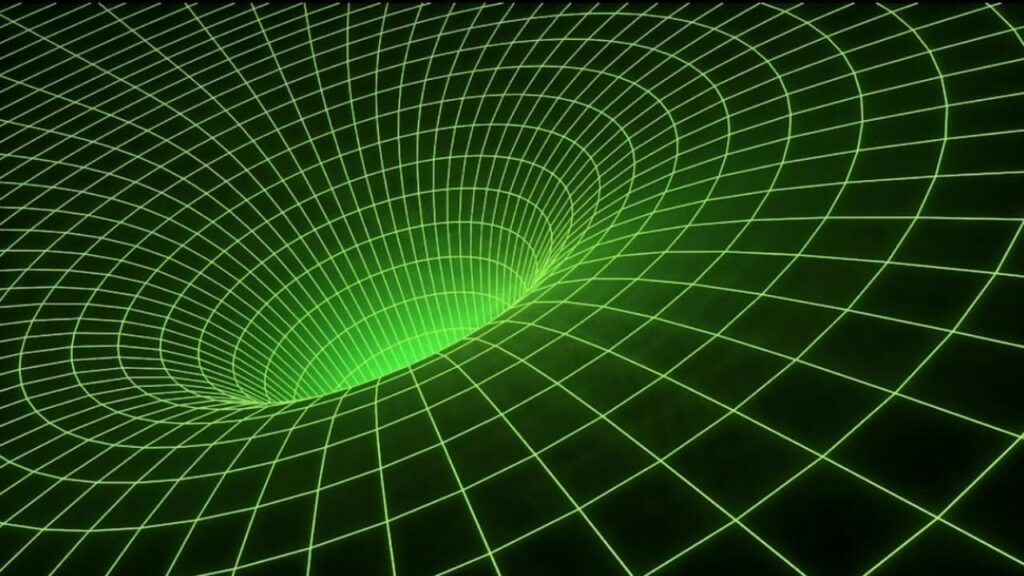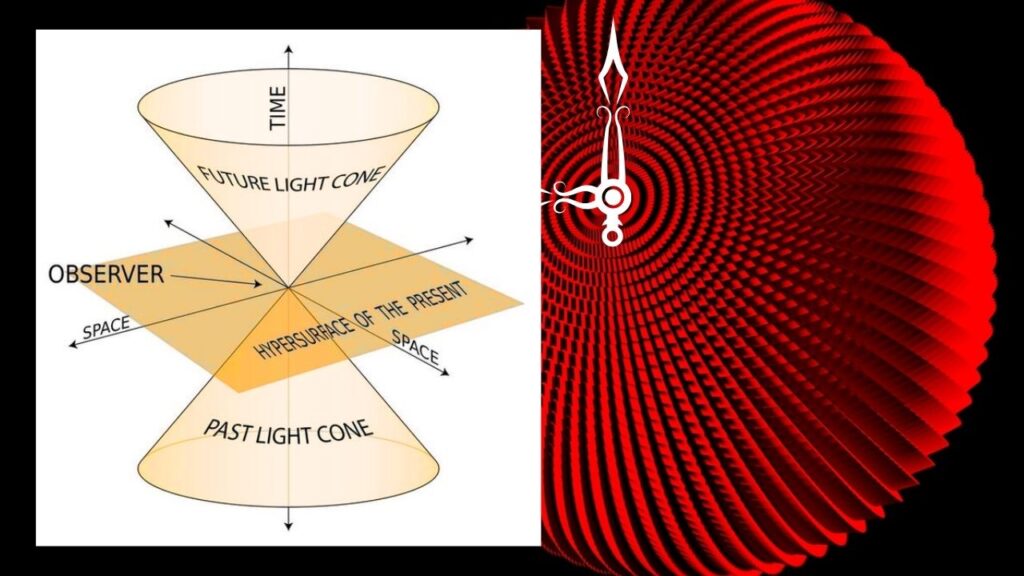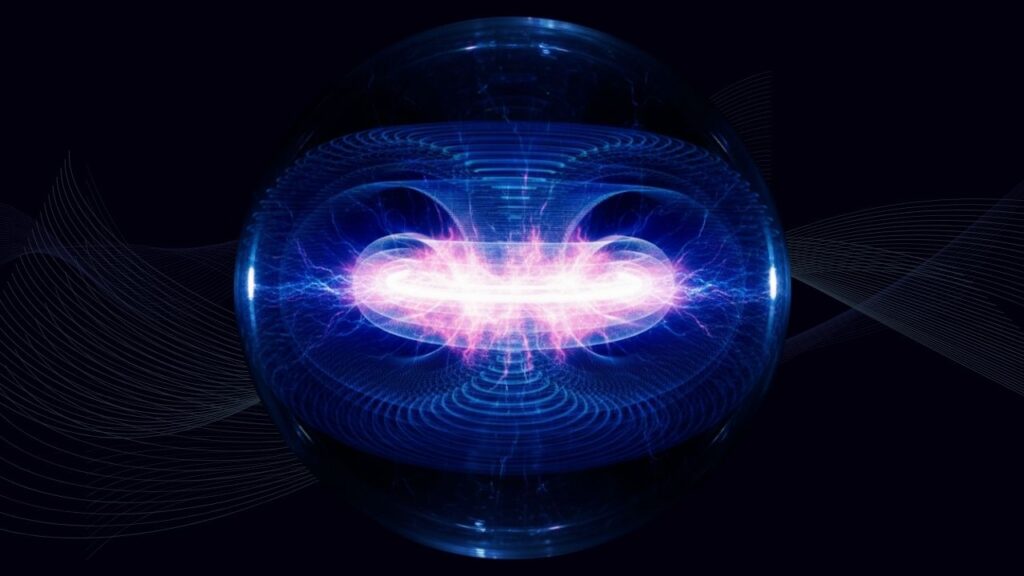Time Might Be Three-Dimensional: For more than a century, scientists have described the universe using a simple recipe: three dimensions of space (length, width, and height) and one dimension of time (the familiar “arrow of time”). But what if time isn’t just a straight line? What if it’s more like a cube, with three directions instead of one? That’s exactly what a bold new theory from the University of Alaska Fairbanks is suggesting. According to Professor Gunther Kletetschka, time may have three dimensions, and space might just be a side effect.

This idea isn’t just a wild guess—it’s a serious scientific proposal that could change how we understand everything from tiny particles to the entire cosmos. If true, it could help solve some of the biggest mysteries in physics, like why gravity and quantum mechanics don’t always agree. Let’s break down what this means, why it matters, and how it could affect you—whether you’re a curious student, a professional scientist, or just someone who loves a good science story.
The idea that time might have three dimensions is one of the most exciting and mind-bending proposals in modern science. It challenges everything we thought we knew about reality and opens up new possibilities for understanding the universe. Whether you’re a scientist, a student, or just someone who loves to learn, this theory is a reminder that the world is full of mysteries waiting to be solved.
Table of Contents
What Is Three-Dimensional Time?
Three-dimensional time is a theory that says time, just like space, can move in three different directions. Imagine you’re walking down a hallway: you can move forward and backward (that’s the usual “arrow of time”), but in this new theory, you could also step to the side or up and down—all while staying at the same point in “regular” time.
Here’s a simple way to picture it:
- First dimension of time: The usual forward or backward flow you experience every day—like watching a movie play from start to finish.
- Second dimension of time: Imagine being able to step sideways into a different version of the same moment—maybe a world where you chose chocolate ice cream instead of vanilla.
- Third dimension of time: This would let you move through all the possible outcomes of that moment, exploring different “what if” scenarios without changing the main timeline.
In Kletetschka’s model, these three time dimensions are the “canvas” of reality, while space (the three dimensions we see around us) is just the “paint” on top.
Why Is This Theory Important?
For decades, scientists have struggled to fit together two of the most successful theories in physics: quantum mechanics (which explains the tiny world of atoms and particles) and general relativity (which explains gravity and the big stuff like stars and galaxies). These two theories don’t always agree, especially in extreme places like black holes or at the very beginning of the universe.
Kletetschka’s idea is that if time is three-dimensional, it might act as the “glue” that connects these two worlds. His mathematical framework makes predictions about the masses of particles and other properties that can actually be tested in the lab—something that earlier “3D time” ideas couldn’t do.
How Does Three-Dimensional Time Work?
Let’s break it down step by step:
1. Time as the Canvas

Think of reality as a painting. In the old model, the canvas was made of space and time together (spacetime). In the new model, the canvas is just time—three dimensions of it. Space is what gets painted onto this canvas.
2. Three Axes of Time
- t₁: The usual “forward” time you experience every day.
- t₂: A “sideways” time that lets you move between different versions of the same moment.
- t₃: A “depth” time that lets you explore all the possible outcomes of those moments.
3. Space as the Paint
Space still exists, but it’s not the main thing. It’s like the colors and shapes painted onto the canvas of time. This means that everything you see—chairs, planets, even yourself—are just patterns in this three-dimensional time fabric.
4. Testing the Theory
Kletetschka’s theory isn’t just a cool idea—it’s something scientists can test. His formulas predict the masses of particles like electrons and quarks, and these predictions can be checked against real-world experiments.

What Are the Practical Implications?
You might be wondering: “What does this mean for me?” Here are a few ways three-dimensional time could change things:
For Science and Technology
- Unifying Physics: If time is truly three-dimensional, it could help scientists create a single “theory of everything” that explains both the tiny world of atoms and the vast cosmos.
- New Discoveries: The theory could lead to the discovery of new particles or help explain mysteries like dark matter and dark energy.
- Better Technology: Understanding the true nature of time could lead to new technologies, like super-fast computers or new ways to travel through space.
For Everyday Life
- New Ways of Thinking: Even if you’re not a scientist, this idea can help you see the world in a new way. It’s a reminder that reality might be a lot stranger—and more wonderful—than we thought.
- Inspiration for Kids: For young minds, this theory is a great example of how science is always changing and growing. It shows that even the biggest ideas can be questioned and improved.
How to Understand Three-Dimensional Time: A Simple Guide
Here’s a step-by-step guide to wrap your head around this mind-bending idea:
- Imagine a Cube of Time
- Think of time as a cube, not a line. You can move forward, sideways, and up/down in time.
- Explore Alternate Moments
- At every moment, there are other “versions” of that moment you could step into.
- See Space as a Pattern
- Everything you see in space is just a pattern painted onto this cube of time.
- Think About “What If”
- The theory lets you imagine all the possible ways things could have happened, not just the one you see.
- Remember: It’s Testable
- Scientists can check if this idea is right by testing its predictions about particles and the universe.
New Tachyon Research Hints at Possibility of Time Travel and Questions the Nature of Reality Itself
FAQs About Time Might Be Three-Dimensional
Q: Is three-dimensional time real?
A: It’s a new scientific theory, not yet proven. But it’s testable, which means scientists can check if it’s correct.
Q: How is this different from time travel?
A: Time travel in movies is usually about going backward or forward in the usual “arrow of time.” Three-dimensional time is about moving sideways or up/down in time, exploring different possible versions of the same moment.
Q: Can I experience three-dimensional time?
A: Not in your everyday life—at least not yet. But the theory could change how we understand reality and maybe even lead to new technologies in the future.
Q: Why is this theory important for science?
A: It could help solve some of the biggest puzzles in physics, like why gravity and quantum mechanics don’t always agree.
Q: Who came up with this idea?
A: Professor Gunther Kletetschka at the University of Alaska Fairbanks.



















